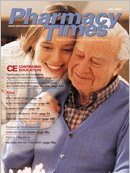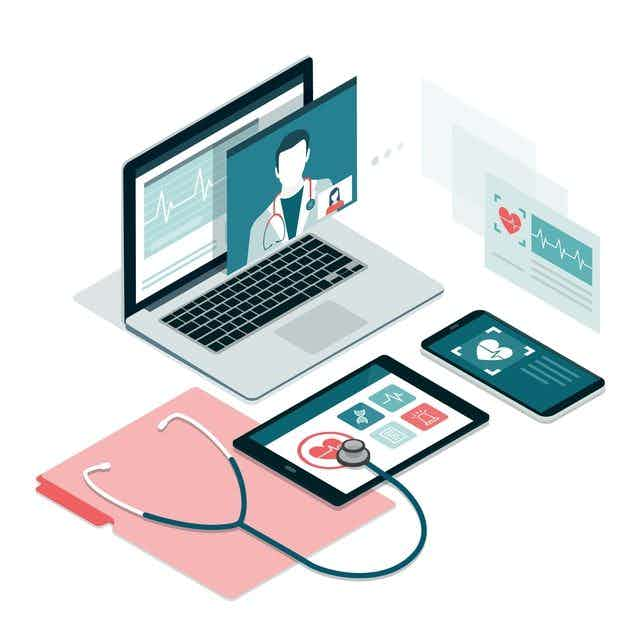Publication
Article
Pharmacy Times
Educating Patients on Rx Abuse
Author(s):
Much has been said in the media, at conferences I attend, and in general discussion, by those interested in reducing prescription drug abuse, about methods to educate health professionals and law enforcement officials about this issue. Although it is clear that the vast majority of people who receive prescriptions do not abuse them, some of these patients are unknowingly contributing to the problem.
The rise in prescription-drug-abuse statistics, especially of those aged 12 to 17 years, has been partly attributed to teenagers obtaining drugs in their own homes, in their own medicine cabinets, or through legitimate supplies intended for a relative's or friend's chronic or terminal pain. Legitimate patients become victims when their pharmaceutical supplies are stolen, usually by individuals who live in the residence or were invited in by a trusting family member.
Another potential source of this type of home diversion is through individuals who are in the residence to perform some type of maintenance or construction, such as plumbers, electricians, carpet layers, or general contractors and their employees, who rummage through medicine cabinets and dresser drawers. A classic case we investigated many years ago was the owner of a prosthetics company who would routinely help himself to his patients' medication when he came to visit them for a personal fitting. We set up an apartment and used covert cameras to catch him stealing diazepam (Valium ). He left the apartment abruptly with the pills and took the elevator down to the first floor. During that short 1-story elevator ride, he had consumed 6 of the diazepam tablets before we could arrest him.
Undoubtedly, a huge percentage of these patients have not authorized these people to help themselves to their medications. In fact, much of the time the patient is unaware that any of his or her medication is missing. The patient may realize that a problem exists only when he or she is summoned to the emergency room because a loved one has overdosed on outdated hydrocodone prescribed for a toothache several months before.
I believe that it is time for all of us to do a better job of educating patients, the people who legitimately receive these drugs but do not always know how or why they need to safeguard them from people they know and love. Educating patients about the extent of prescriptiondrug abuse and the significant rise in teen abuse of pharmaceuticals would be a good start to reducing this problem.
It is important to remind patients to keep their medications secure in their own home, and, in certain cases, to know how many pills should be in their vials and to count them periodically. Properly destroying prescription drugs that have become outdated or are no longer needed by the patient is another easy message that could save lives.
Those patients who have friends or family members who are known substance abusers need to be especially cognizant of the security of their medications. For example, a patient may not realize that an alcoholic daughter may very well become interested in the family's prescription drug supply. This issue may have never crossed one's mind, because alcohol had seemingly been the daughter's only substance-abuse issue, not realizing that the propensity for addiction may very well be present in a variety of behaviors.
Patients also need to know that their medication is for them and no one else. Giving away or selling their medication to others is a crime in most states and, more importantly, very dangerous in some circumstances. It is an all too common practice for family members to provide their loved ones with a couple of pills to get them through a headache or help them sleep during a stressful time in their lives, never realizing the potential dangers associated with these acts.
Next month, I will discuss some negative examples of drug diversion that can occur in the patient's own home.










